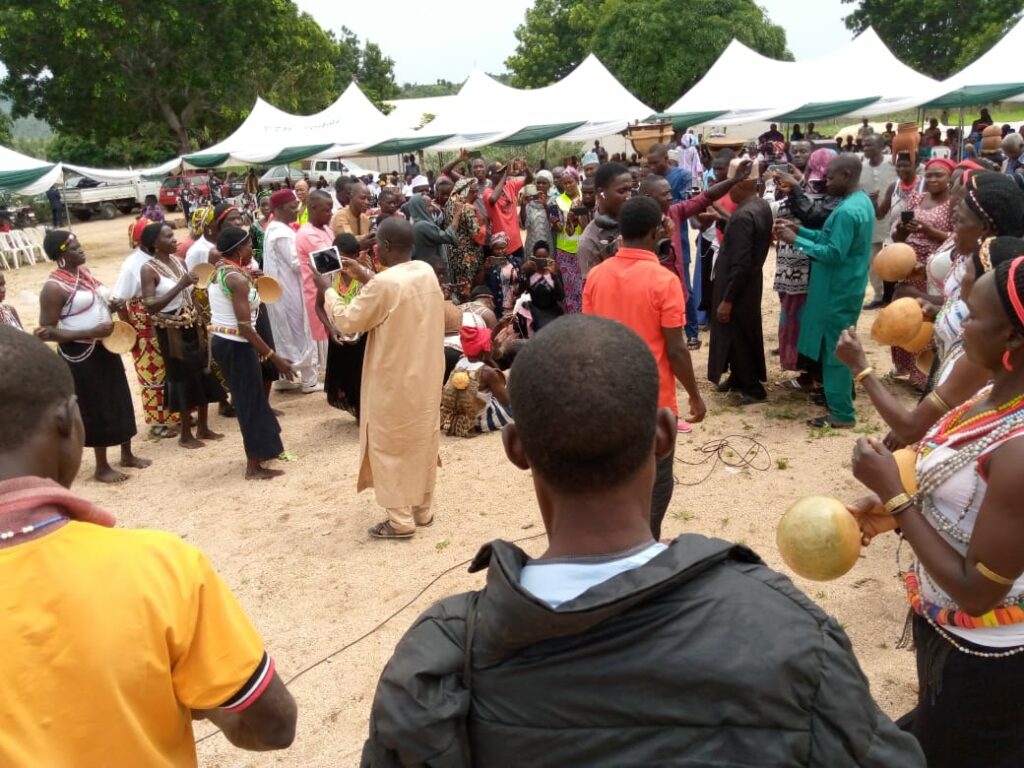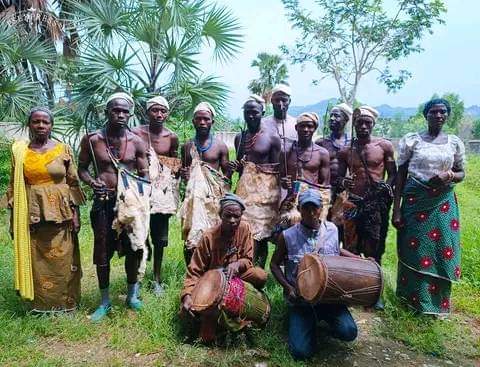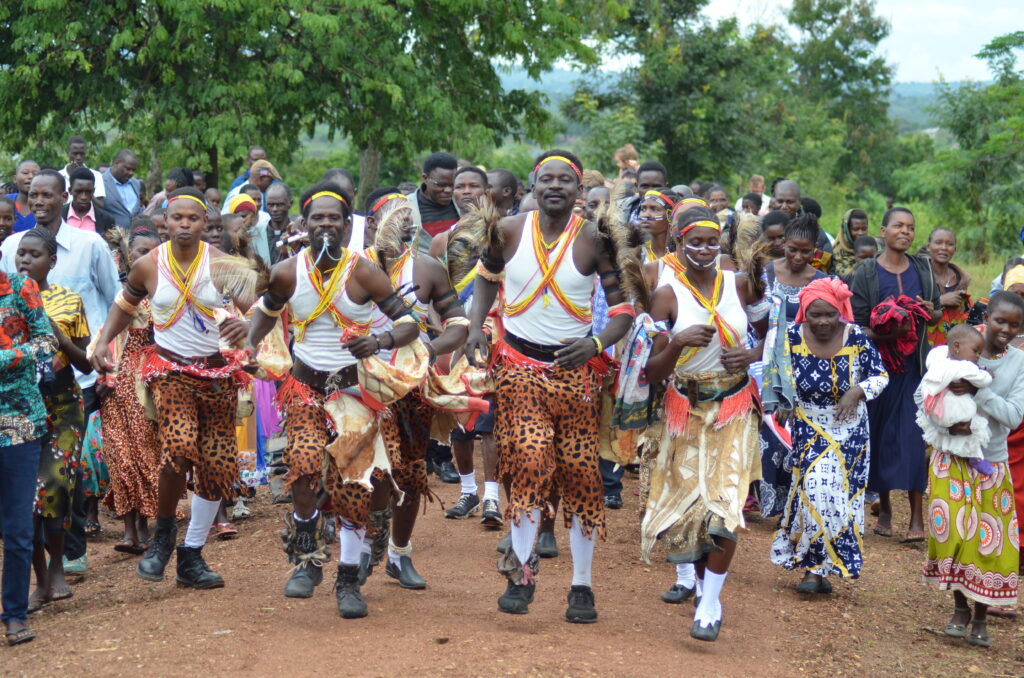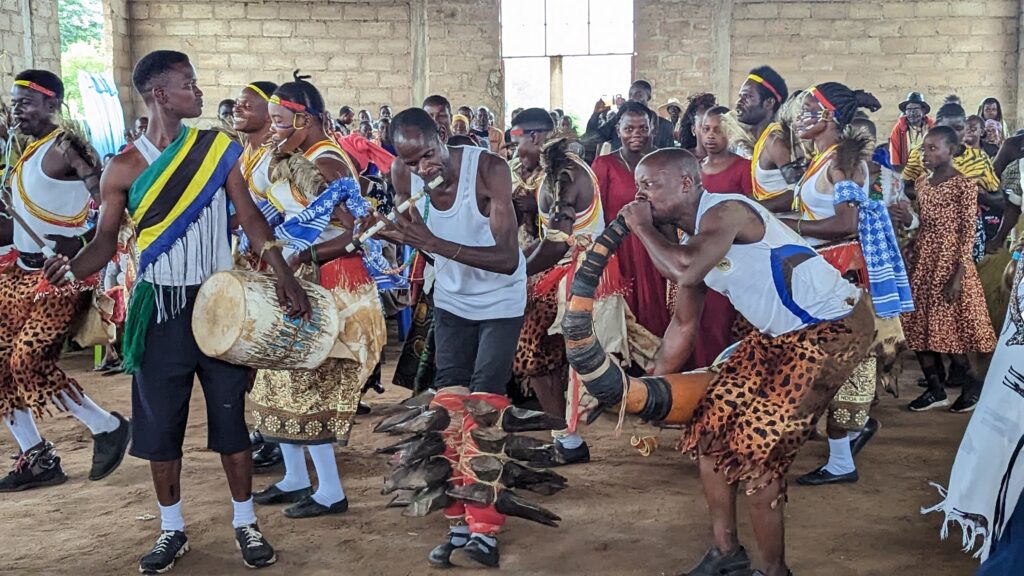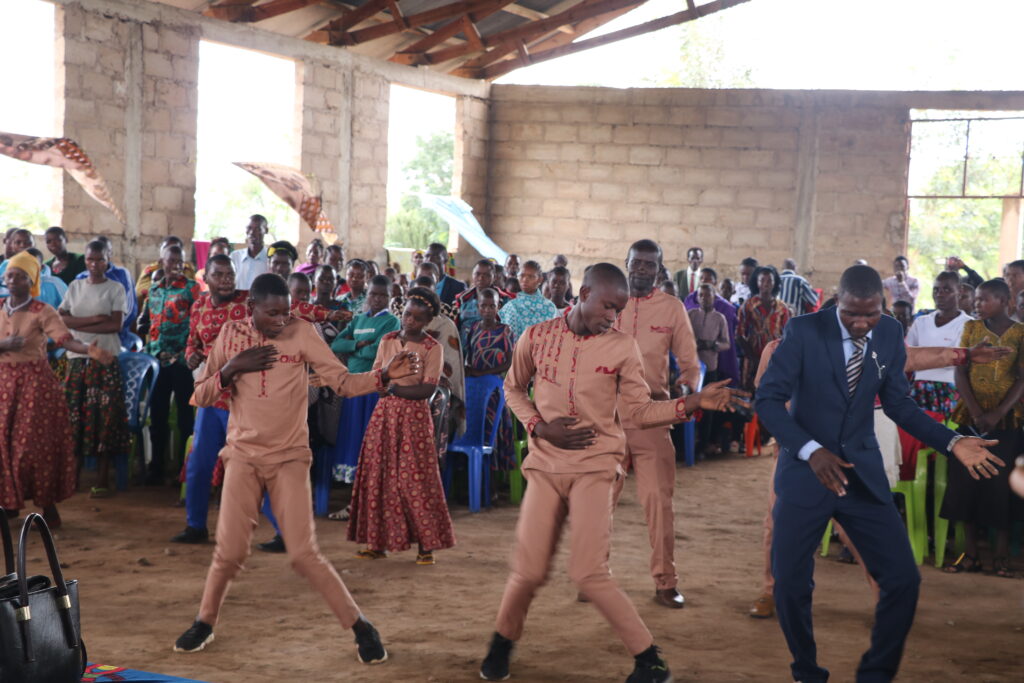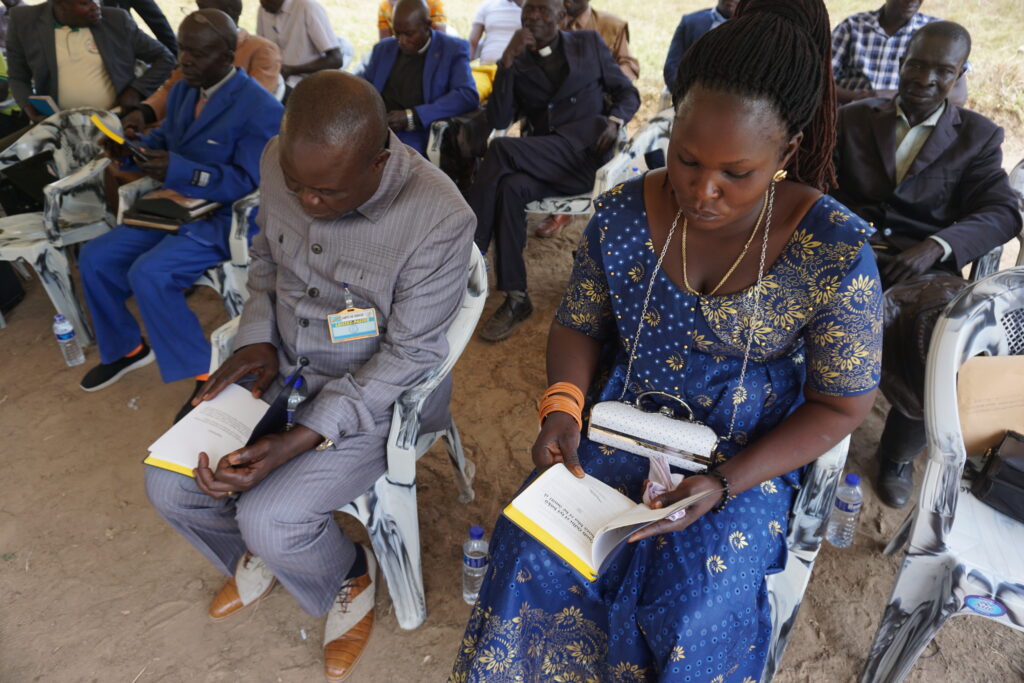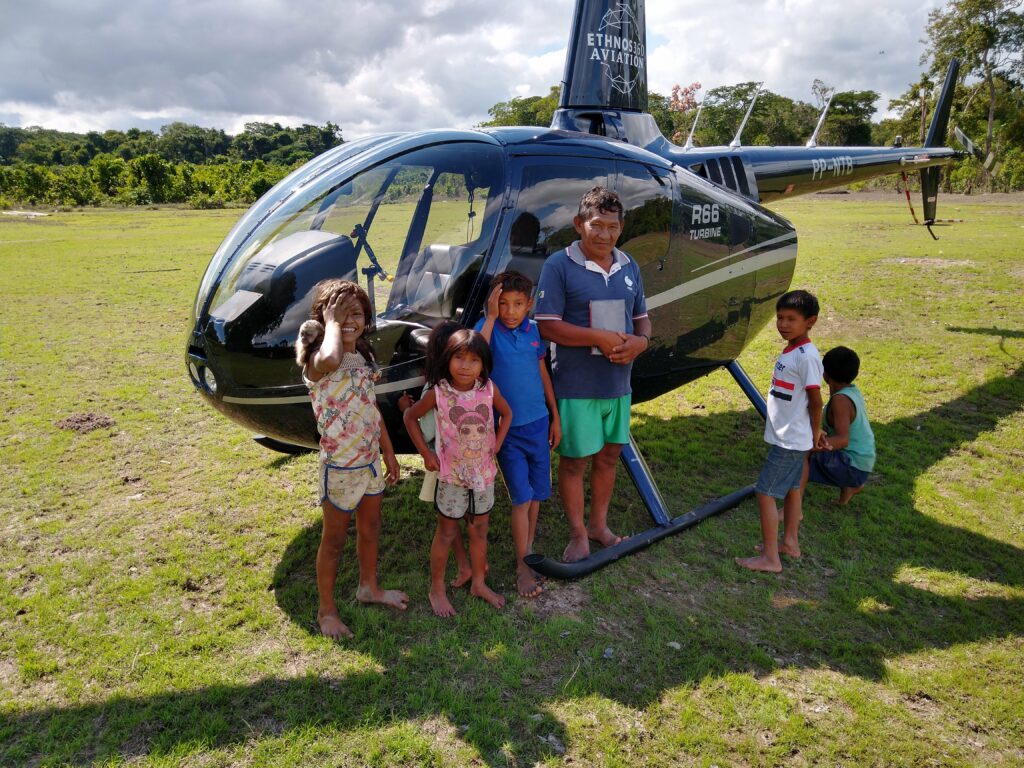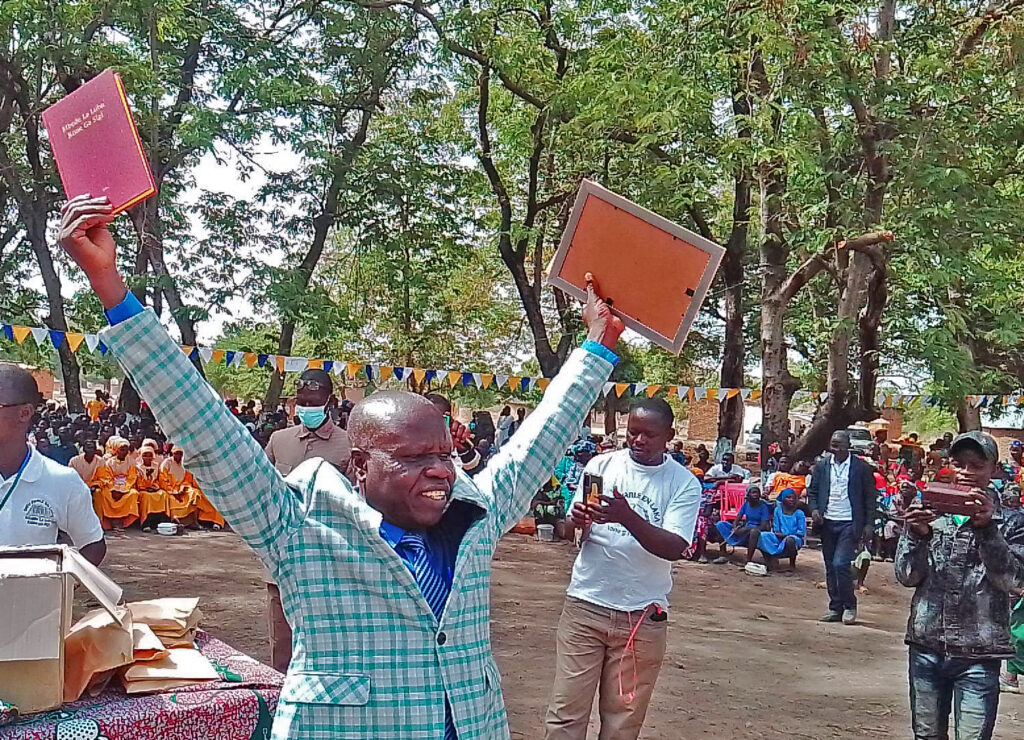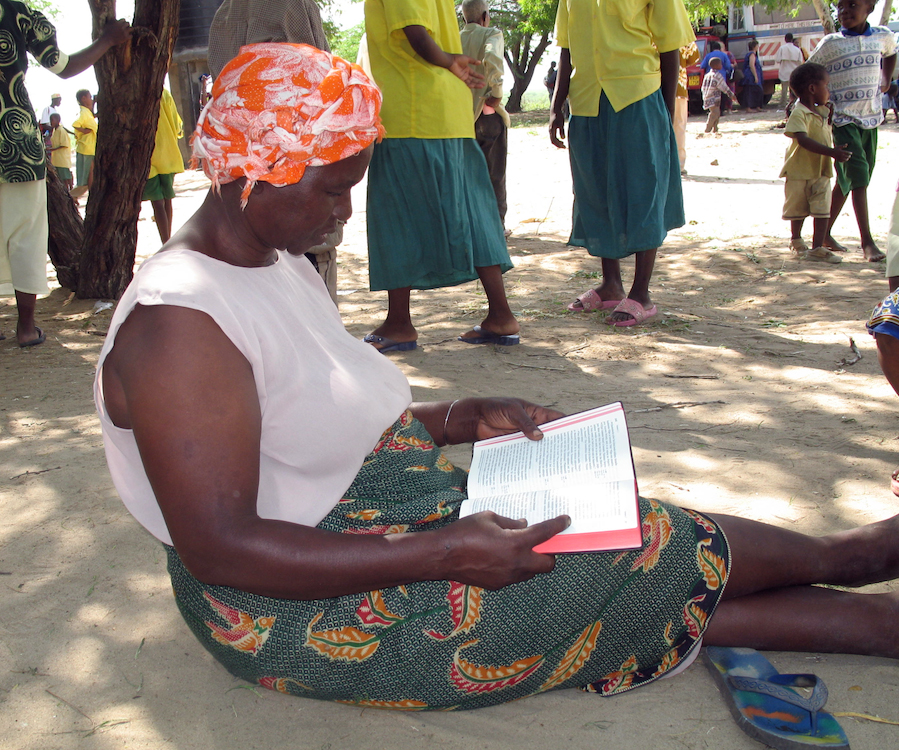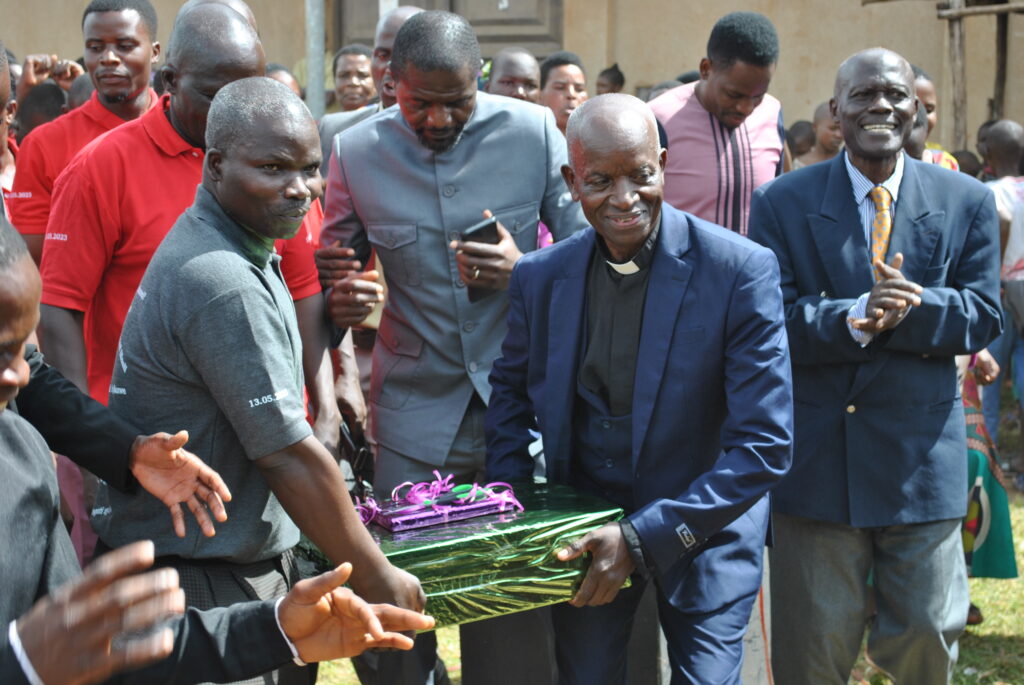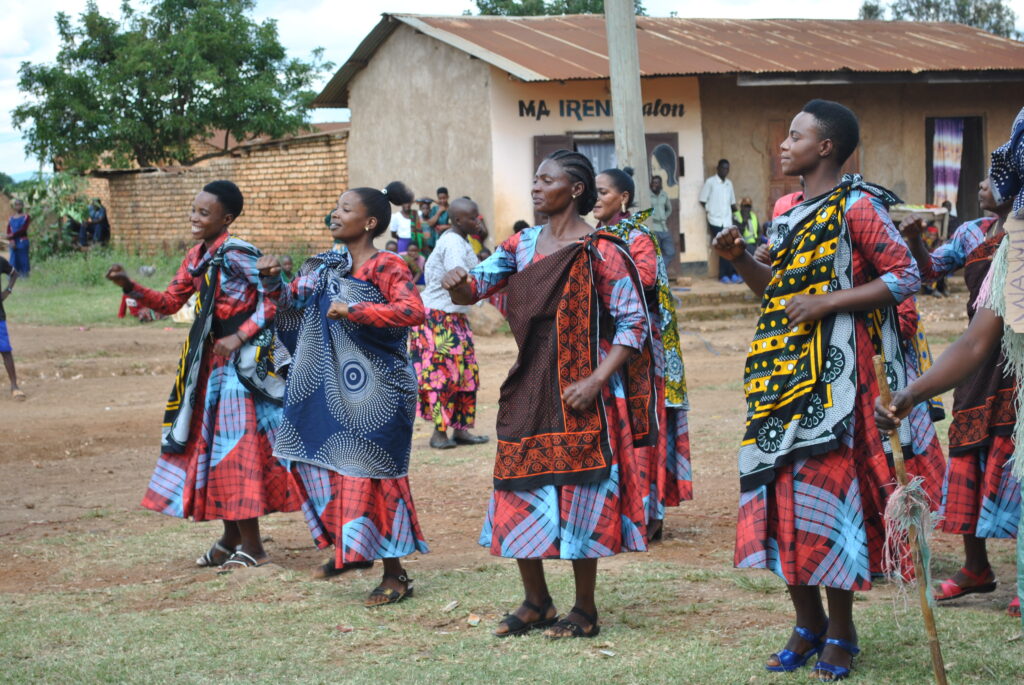When an Aviation Mechanic Needs to Fix a Plane in the Bush
Welcome back to picking up wrenches and flying aircraft with our mechanic and pilot orientees during their Mountain Week training! In case you missed it, read about mechanics in the mountains.
How do you train aviation mechanics who want to serve overseas to think creatively? You simulate an aircraft accident out in the woods! Then you send them out to repair the aircraft while surrounded by trees, mosquitos, and fellow exhausted mechanics.
Why Aviation Mechanics Need to Think Outside the Box (or Hangar)

When mechanics serve overseas as missionaries, they usually work in a hangar that’s outfitted with lights, tools, hoists, and other equipment that make it much easier to fix aircraft.
But they might have to leave the hangar and fix an aircraft stranded in a remote area. It’s rare, but it can happen. Twice in the Philippines and once in Peru, David Kooistra, a maintenance instructor at JAARS, received a radio call while working in the hangar that said, “This aircraft has been in an accident.”
Each time, he either hiked or flew to a remote area and spent three to seven days repairing the plane so it could fly back.
David knows that accidents, or even flat tires, occasionally happen, and that mechanics in the U.S. aren’t typically trained for that kind of flexible/creative thinking. He wants his orientees to be prepared so that if an accident were to happen on the field, they have already thought through what they might do and have experienced some of the frustrations that can arise from unpredictable circumstances.
“It’s great to train the way we want to do things in everyday maintenance,” David said, “but let’s get [the mechanics] out there getting dirty, outside of normal operations and into situations where they’re in charge, thinking of types of repairs that might not be normal.”
And the best way to do this?
Bush Week.

What is Bush Week?
The maintenance instructors simulate an aircraft accident in the woods near the JAARS base. They “crash” the maintenance trainer Cessna 206 aircraft that once served in Papua New Guinea.
“I got a call at 6 a.m. Monday morning from David Kooistra,” said Caleb Nasiatka, one of the orientees. “He said, ‘There’s been a simulated accident. Pack five days of clothes, a lunch, and gather the guys and meet me in the hangar in an hour or so.’”
After a briefing about the simulated accident, the three aviation mechanic orientees, Caleb, Whit Palmer, and Josh Rauch, loaded their tools into a JAARS 4WD vehicle and drove into the woods behind the base.
Then, a “guide” took them for a hike as they carried all their camping supplies and tools to the “accident” site.
The guys had learned in Pre-Field Orientation about accident documentation and their role in it, and they used that knowledge to gather data from the pilot, passengers, and any witnesses. “Then it was our job to figure out how to repair the airplane and bring it home,” Whit explained.

The plane was nosed into the woods as if it had made an emergency landing. The prop had hit a tree, and the instructors had simulated a crack there. And the whole strut of the wing was bent, so the mechanics knew they’d have to replace the prop and engine and probably the wing.
Fairly straightforward work in a hangar, but not so much in the woods when you’re camping for days, working in the hot sun, using only the tools you’ve brought or made.
The mechanics couldn’t leave until they had fixed the plane, so they buckled down to get it done.
When the Pilots Show Up

While David cooked for the mechanic orientees and tried not to give much input, they used logs they had cut to make a tripod for hoisting the engine. Then the pilot orientees flew to the site to
pick up the bad engine and deliver a new one. It was the first time the pilot orientees had been involved with Bush Week.
“That was a real highlight, just seeing everybody work together,” Whit said. “Because we were tired. We were frustrated, and the pilots came in and helped us, and they’re my heroes because they got the bolts in, and I couldn’t.”
Last year during Bush Week, JAARS staff delivered the engine with the helicopter. They also can do air drops if the mechanics forget tools.
Finally, on the fifth day, the guys finished their repairs, and the aircraft “flew” back to JAARS.
What Did They Learn?
Caleb enjoyed hearing, during the week, the instructors’ experiences of doing this same thing in the field.
Whit was stretched to his limits by having to keep a cool head despite being tired and frustrated, but he appreciated the experience. “Flexibility is key to any job, but especially when you’re doing mission aviation work.” A phrase he keeps in the back of his mind is, “Blessed are the flexible, for they shall bend and not break.”
The reality of missions is that you never know what’s coming your way, so you always have to be willing to adapt and meet the challenge where it is. “Bush Week was a fantastic opportunity for us to practice flexibility,” Whit said. “This was an excellent opportunity to be prepared for all the twists and turns that missions will throw at you.”
Bush week also showed the aviation mechanic orientees how they react in different circumstances so they can learn not to react negatively on the field. “I think it’s important for us to be good representatives of Christ when we face challenging situations, and Bush Week was an opportunity for us to stretch ourselves,” Whit said. “Learn to have that Christ-like attitude even in challenging situations.”

Do YOU Have What it Takes to Be an Aviation Mechanic Overseas?
Thankfully, the mechanics who come to JAARS are already highly qualified. We just take them to that next level—cover that last mile—from being qualified to work in the U.S. to being prepared to work in an unpredictable overseas environment.
“We’re getting the top guys [here at JAARS],” David explained. “They love Jesus, and they’re good at what they do. We’re just taking them that last step in their training to be ready for missionary aviation maintenance and some of the unique challenges that we have as missionary mechanics.”
Do you have what it takes to serve overseas as a pilot or mechanic? Visit here.














